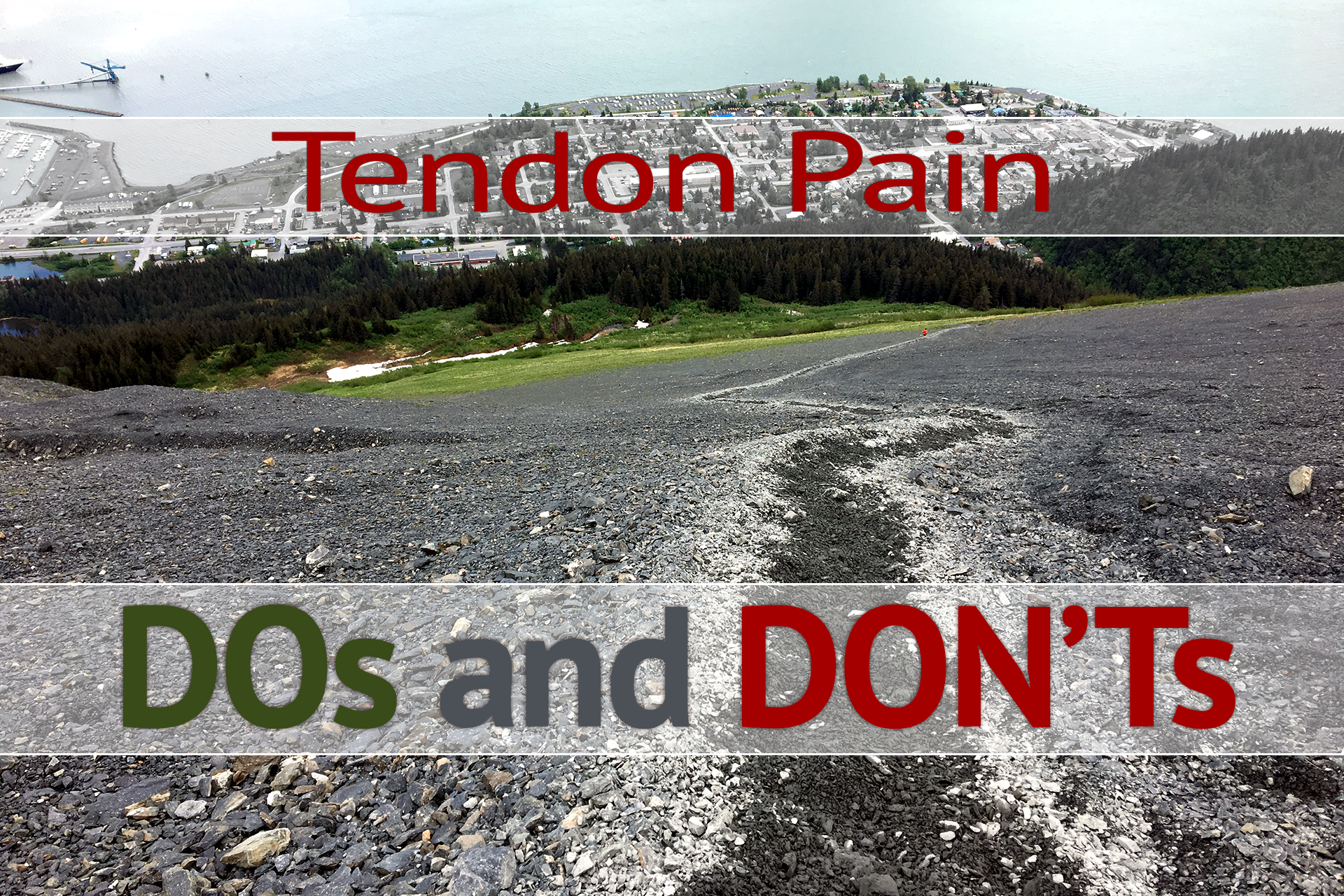Is tendon pain keeping you from things you love to do? Is it keeping you from optimal training?
Don’t: Rest completely. Resting decreases the ability of the tendon to take load.
Do: Reduce loads to a level that the tendon can tolerate and then slowly increase it.
Don’t: Use only passive treatments. Ice or heat can give you temporary relief but won’t improve the ability of the tendon to take loads
Do: Address possible inflammation and scar tissue with targeted manual therapy followed by an exercise program that gradually increases safe loads to the tendon.
Don’t: Have injections treatments that inject a substance into the tendon. Clinical trials do not support these treatments. Injections to the proximity of the tendon can be recommended if the tendon has not responded to an exercise and manual therapy base program.
Don’t: Ignore your pain.
Do: Manage the loads on your tendon accordingly; pain is a way of telling you that the load is too much. Reduce the aspects of training that are overloading your tendon. The highest loads are when you are using your tendon as a spring (jumping, sprinting).
Don’t: Stretch your painful tendon aggressively; vigorous stretching can add compressive loads that are detrimental to healing.
Do: Follow a predetermined mobility and load regimen (talk to your physical therapist about it).
Don’t: Take shortcuts with your rehabilitation. The tendon needs to build its strength and load capacity, which takes time.
Do: Set reachable goals and follow a path to full healing. Talk to your physical therapist; they can create a progressive exercise program that suits your tendon’s loading needs.
Source: Prof Jill Cook PT, PhD, Professor of Musculoskeletal Health, La Trobe Sport and Exercise Research Centre, Melbourne, Australia
Zuzana Rogers PT, ScD, SCS, COMT
www.SportsPhysioAK.com
Helping recreational and elite runners of all ages to return to running safely and pain free…for life.
